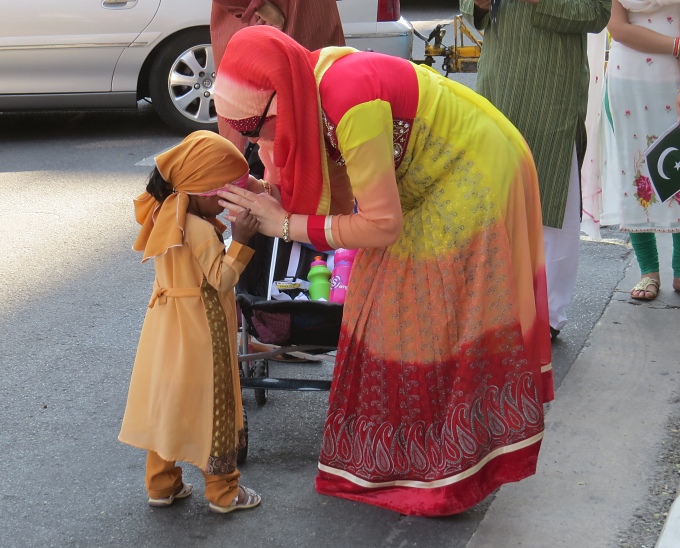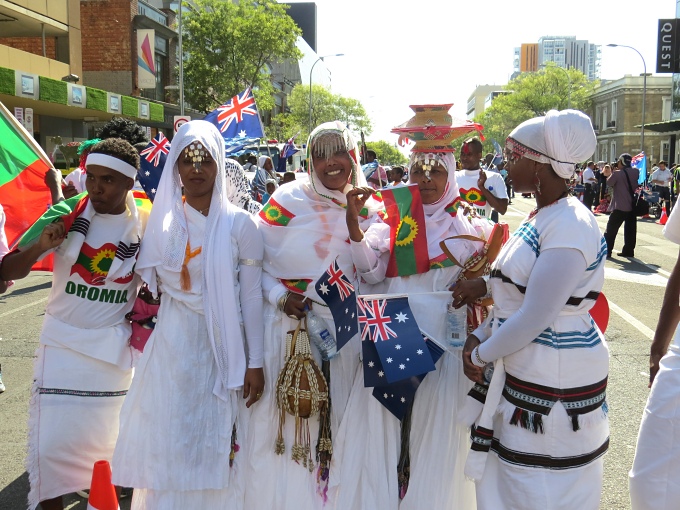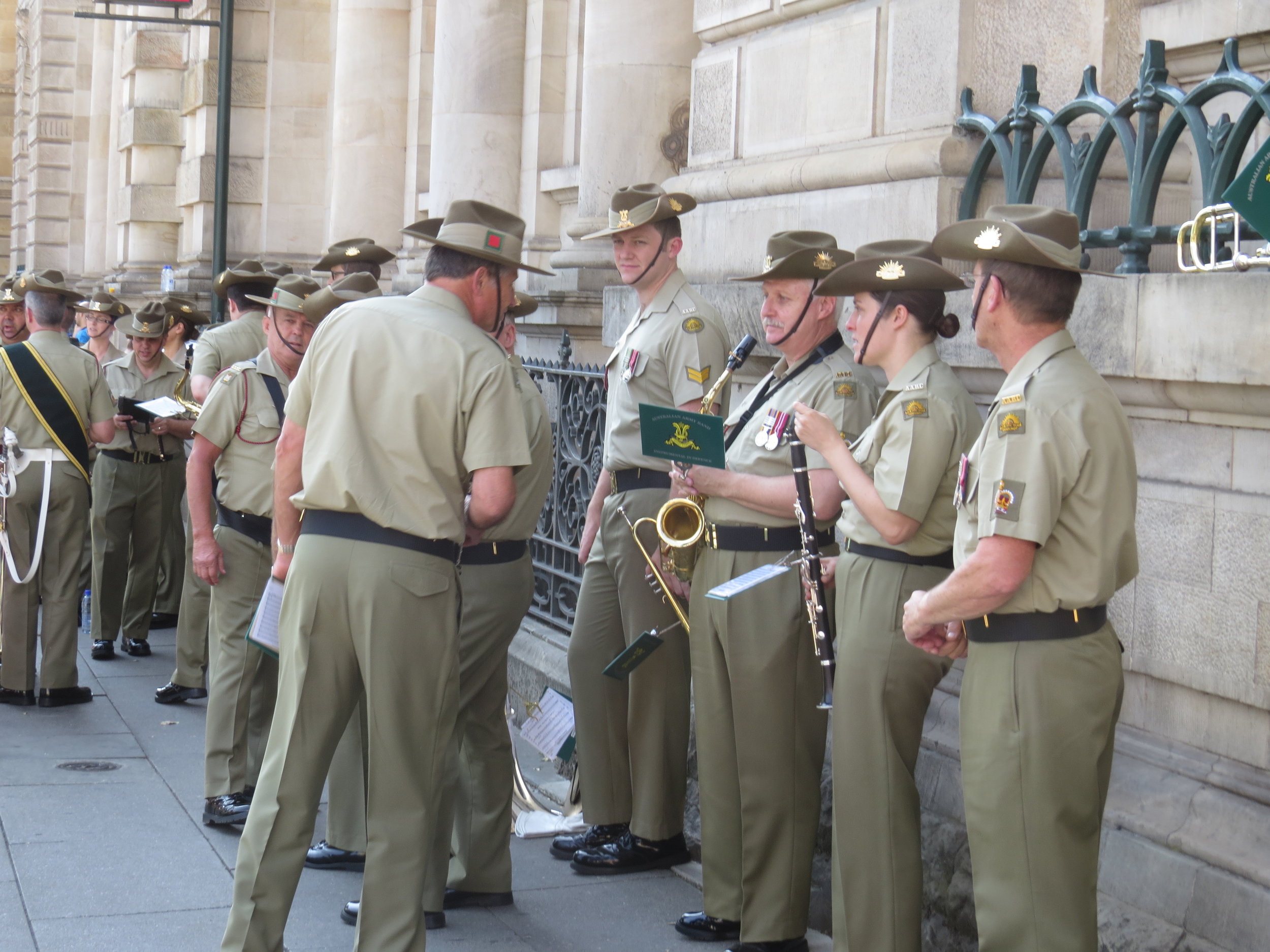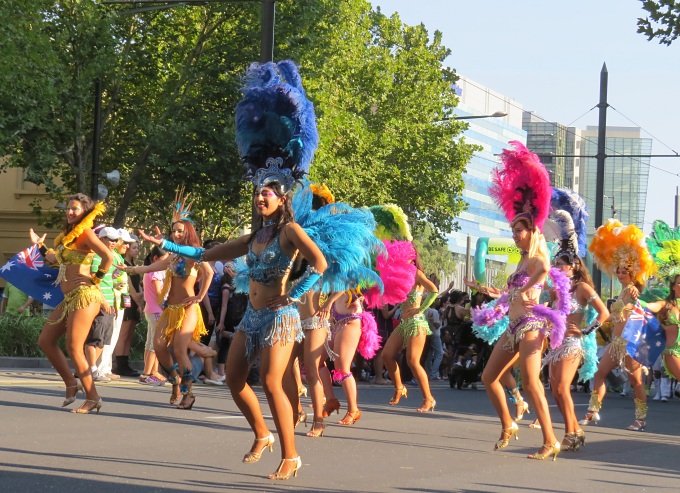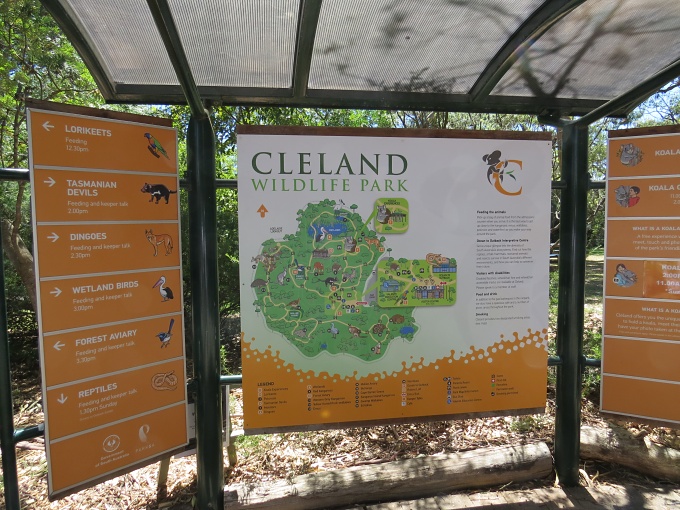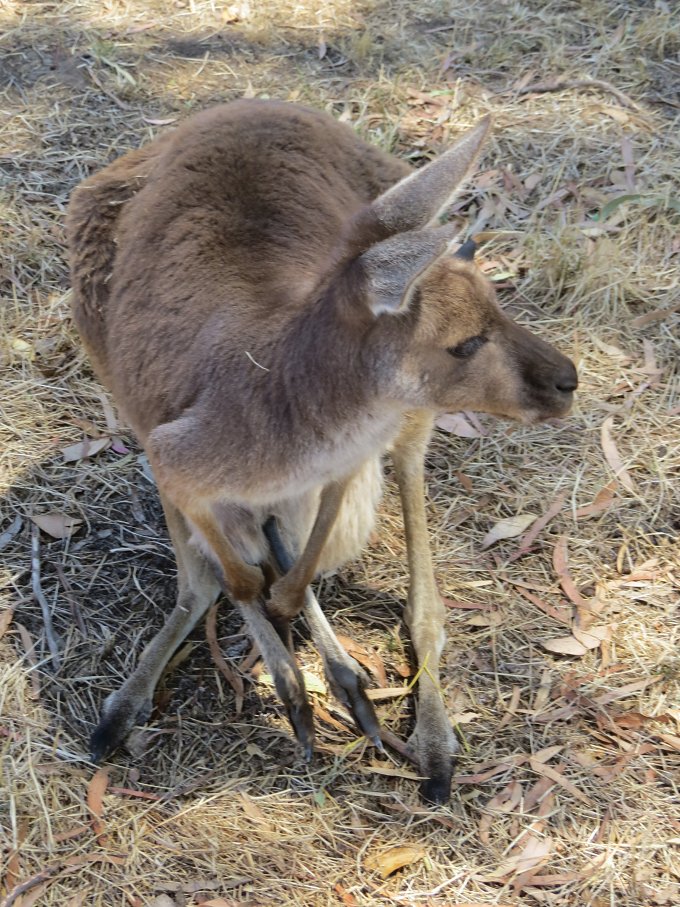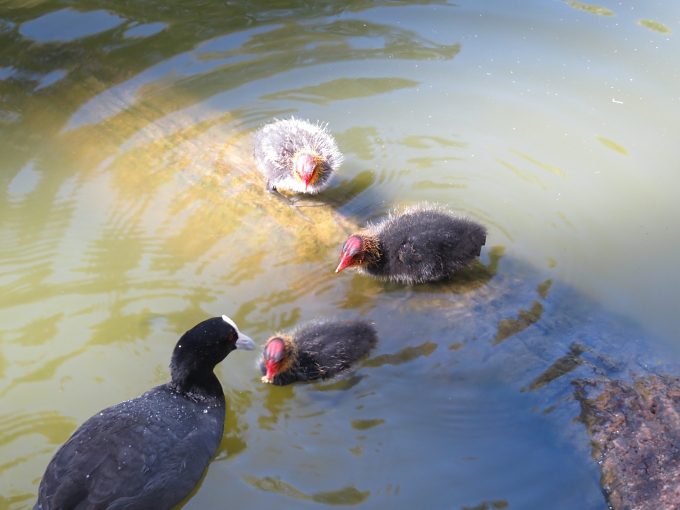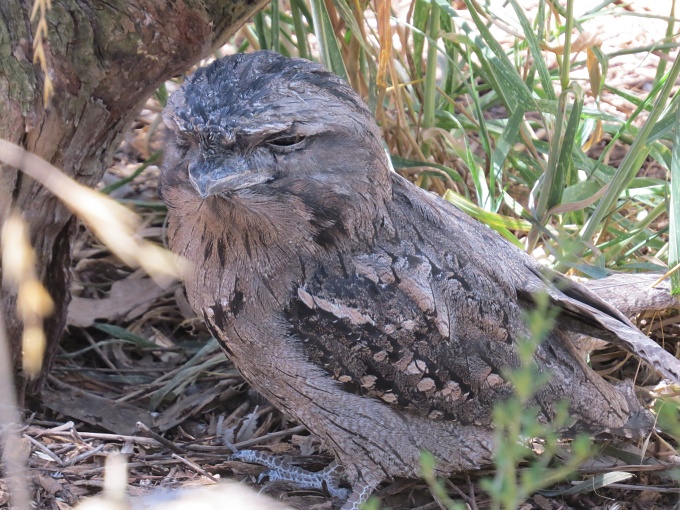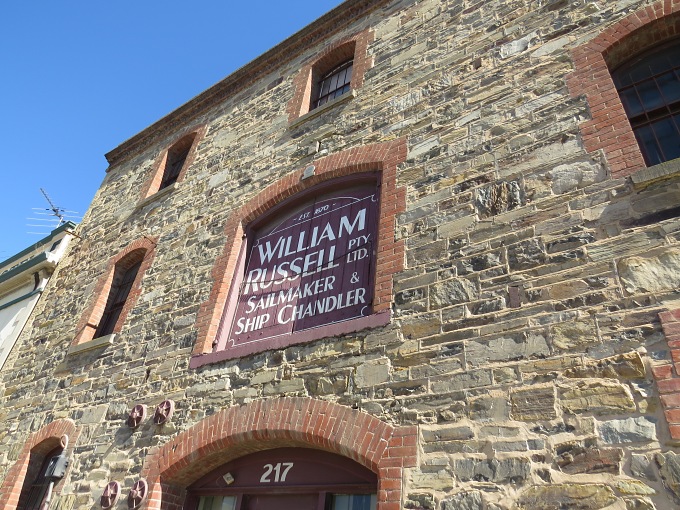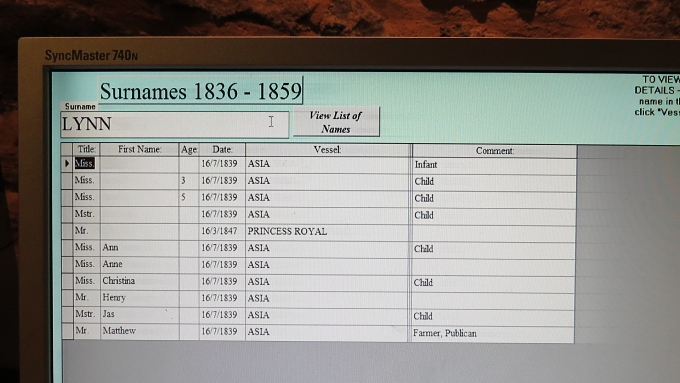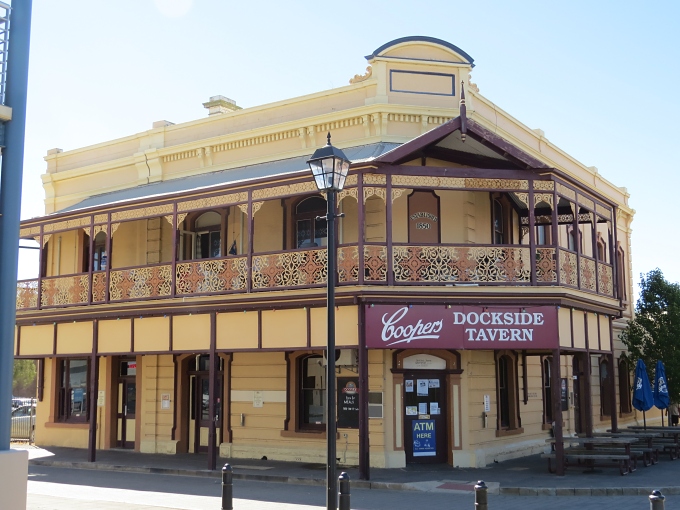Australia Day 2014
/January 26th was Australia Day. Think 4th of July without a Revolutionary War. It's a mid-summer holiday. Time for BBQs, days at the beach, parties and fireworks. We've been in Australia for three Australia Days now. The first was spent with friends in Paynesville and Raymond Island in the Gippsland Lakes. Last year was spent in an anchorage sampling Vegemite (yum). This year we headed into Adelaide for the city's national celebration.
In the early morning, we had the train to ourselves, the streets were virtually empty and the temperature was pleasantly cool. There was lots going on in the city today, but it just hadn't awakened yet. The Tour Down Under bicycle race was culminating and there was a huge bike expo being held in Victoria Square. We were content to wander around, check out several of the City's landmarks and while the day away exploring … waiting for the Australia Day Parade festivities to begin.
We spent an hour or so exploring the Rundel Mall and the rest of the morning at the Botanic Gardens (topics of future blogs). We met friends at the Beehive Corner and enjoyed a delightful lunch at The Austral. The afternoon was spent enjoying one of Adelaide's many museums (delightful not only for its exhibits, but for its air conditioning).
Because of the heat, the parade was scheduled to begin at 6pm. Around 5pm, we headed to a side street off Victoria Square where we watched the parade participants setting up. The excitement and energy were palpable. Everyone was smiling. Last minute details were put on costumes and floats.
Hornists (my newly coined word which encompasses all horn players) were limbering up their lips; drummers drummed; stringists (that's akin to hornists) plucked and strummed. We had no specific name for some of the musical instruments, but all were played with gusto. Dancers practiced their choreographed moves. Then it was time for the parade to begin.
We made our way up King William Street and, in front of the City Hall, we found an empty spot on the curb that accommodated our bums and sat down to view the spectacle. The parade must have been coordinated by the Swiss, because precisely as the bells chimed 6 o'clock, the parade moved forward. The street was lined with people, all decked out in Australia Day garb.
The Australian Army Band led the parade with a rousing rendition of Waltzing Mathilda.
One thing we noted and especially liked about the parade was the fact that it was a cultural celebration of so many of the people living here in Australia … all celebrating the day and the greatness of Australia. Some were dressed as 19th century Australian colonists. There were firetrucks and vintage cars, Girl Scouts (Girl Guides in Australia), military bands, pipers and representative cultures from just about everywhere … Mexico, Brazil, the Pacific Islands, Asia, Africa, the Middle East, Europe. Everyone was involved.
People enjoyed and were encouraged to represent their own culture and show it off in the parade, while embracing the culture of the country to which they've immigrated.
What we saw was a melting pot of Australia's people sharing their native costumes, dances and music while proudly waving their Australian flags.






